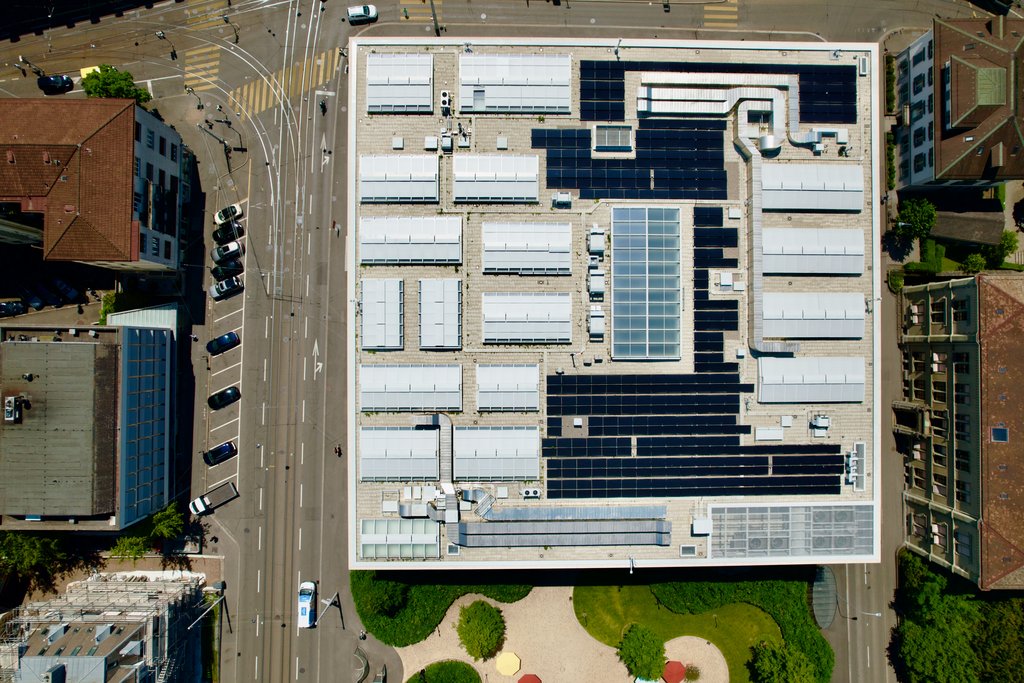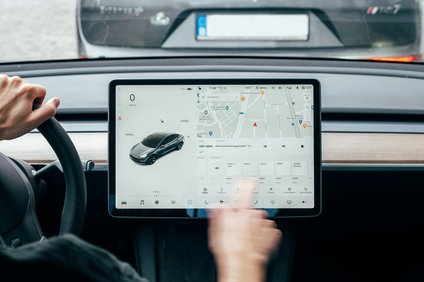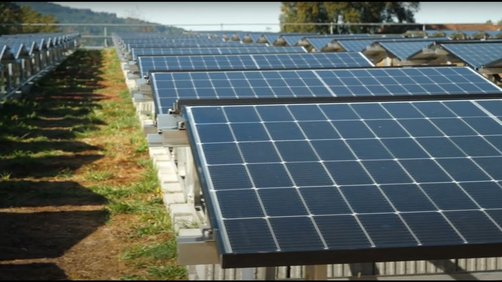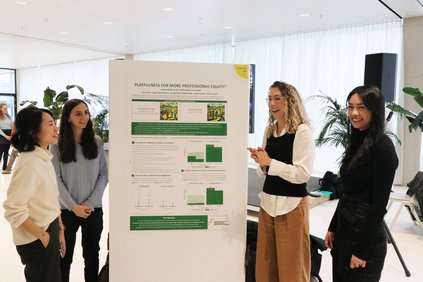Research - 25.08.2023 - 14:00
Local Energy Communities – A Concept for SMEs?
Local energy communities are considered a cornerstone of the European energy transition. In the EU Horizon 2020 project "E-LAND," researchers Beatrice Petrovich and Merla Kubli investigated the willingness of European SMEs to participate in communities for renewable energy. Given their high energy demand, small and medium-sized enterprises (SMEs) are interesting stakeholders. The study reveals that SMEs desire local points of contact and intelligent energy management solutions.

In the EU Horizon 2020 project "E-LAND," researchers Beatrice Petrovich and Merla Kubli investigated the willingness of European SMEs to participate in communities for renewable energy.
Over 90% of all companies in Europe are SMEs. These small and medium-sized enterprises thus form the core of sustainable supply chains. While previous studies have explored energy communities from the perspective of private consumers, the study by Dr. Beatrice Petrovich, Institute for Economy and the Environment (IWÖ-HSG) / Ember, and Dr. Merla Kubli, Institute for Economy and the Environment (IWÖ-HSG) / TU Delft, focuses on the perspective of SMEs, also known as commercial consumers. These entities are currently underrepresented in energy communities.
The authors surveyed 823 executives from SMEs, predominantly CEOs, owners, and senior managers with over five years of professional experience in their respective companies. The online survey was conducted in Germany, Norway, Spain, and Romania. We asked the researchers about their findings.
Dr. Kubli and Dr. Petrovich, what are energy communities exactly, and what benefits do they offer?
Merla Kubli: The concept of "Renewable Energy Communities" was introduced in 2019 as part of the EU Clean Energy Package. Energy communities invest in renewable energies, such as solar panels or wind turbines, and distribute the production among their members. The energy facilities are installed locally and cover the energy needs of the members. Hence, the members are interconnected through the shared source. The underlying idea is that local communities should take responsibility for the energy transition and could be supported by the state. Energy communities bring ecological, economic, and socio-community benefits to their members or the areas in which they operate: the carbon footprint decreases, energy prices remain stable within the community, and climate and energy issues receive greater attention in the population.
Beatrice Petrovich: Consequently, energy communities actively contribute to the decarbonization of the energy system. By investing in local renewable energy sources, they also create jobs and promote the local economy. At the same time, they protect against fluctuating or rising market prices and can reduce their members’ energy bills. Especially in times of volatile and high gas and oil prices, these advantages gain significance.
What factors are particularly important for SMEs to join energy communities?
Beatrice Petrovich: The results of our study indicate that local and uncomplicated offerings are crucial for attracting SMEs as members. SMEs prefer local companies or their existing energy suppliers as providers and owners of the collectively used energy facilities. International companies are also less likely to be considered potential providers. Significant time or administrative efforts are particularly discouraging. On the other hand, providers that enable intelligent energy management or peer-to-peer trading are interesting. Ultimately, costs are the most important factor for SMEs when deciding to join an energy community or not.
What business models can increase SME participation in energy communities?
Merla Kubli: Competitively priced offerings are important for SMEs. So-called "Power Purchase Agreements" are an interesting solution to minimize administrative effort. In this case, SMEs don't need to worry about installation or grid feed-in; they can easily access locally produced renewable energy. Providers can bundle geographically nearby SMEs and, as needed, exploit the different consumption patterns of SMEs through peer-to-peer trading, thereby optimizing energy use. SMEs are indeed willing to pay a premium for advanced offerings with intelligent control or local trading, as our study shows. Based on this increased willingness to pay, providers could develop business models around "Demand-Side Response." This allows the provider to generate additional revenue and balance supply and demand in the power grid.
Beatrice Petrovich: Additionally, technology developers could offer "White Label" solutions. These are pre-made solutions that are implemented by various local companies under their own brand. This promising approach allows to better utilize economies of scale and address challenges that are otherwise difficult to tackle in various local initiatives.
Where are policy measures needed to facilitate SMEs' transition to energy communities?
Beatrice Petrovich: Budget and time constraints discourage many SMEs. It would be helpful to support them with investment grants or reduce capital costs. These would be effective policy measures. The interest of SMEs in intelligent energy management and local trading is currently hindered by regulatory barriers for such solutions. For instance, in many cases, the full amount of grid usage tariffs is charged, even when trading electricity with a neighbor. Moreover, for a sustainable implementation of energy communities, it is important that rules for locally used electricity are clear and stable, and sharing among members of energy communities is enabled without significant investments in additional measuring devices or supplementary grid infrastructure.
Merla Kubli: In Switzerland, the first steps in this direction are already being taken: the proposal for the new Energy Act envisions the concept of "local electricity communities." The insights from our study can provide relevant contributions here.
The study "Energy communities for companies: Executives’ preferences for local and renewable energy procurement" is available for download.
Background information on the project can be found at: Horizon 2020 project "E-LAND"
Image: Adobe Stock / Michael Derrer Fuchs
More articles from the same category
This could also be of interest to you
Discover our special topics
















